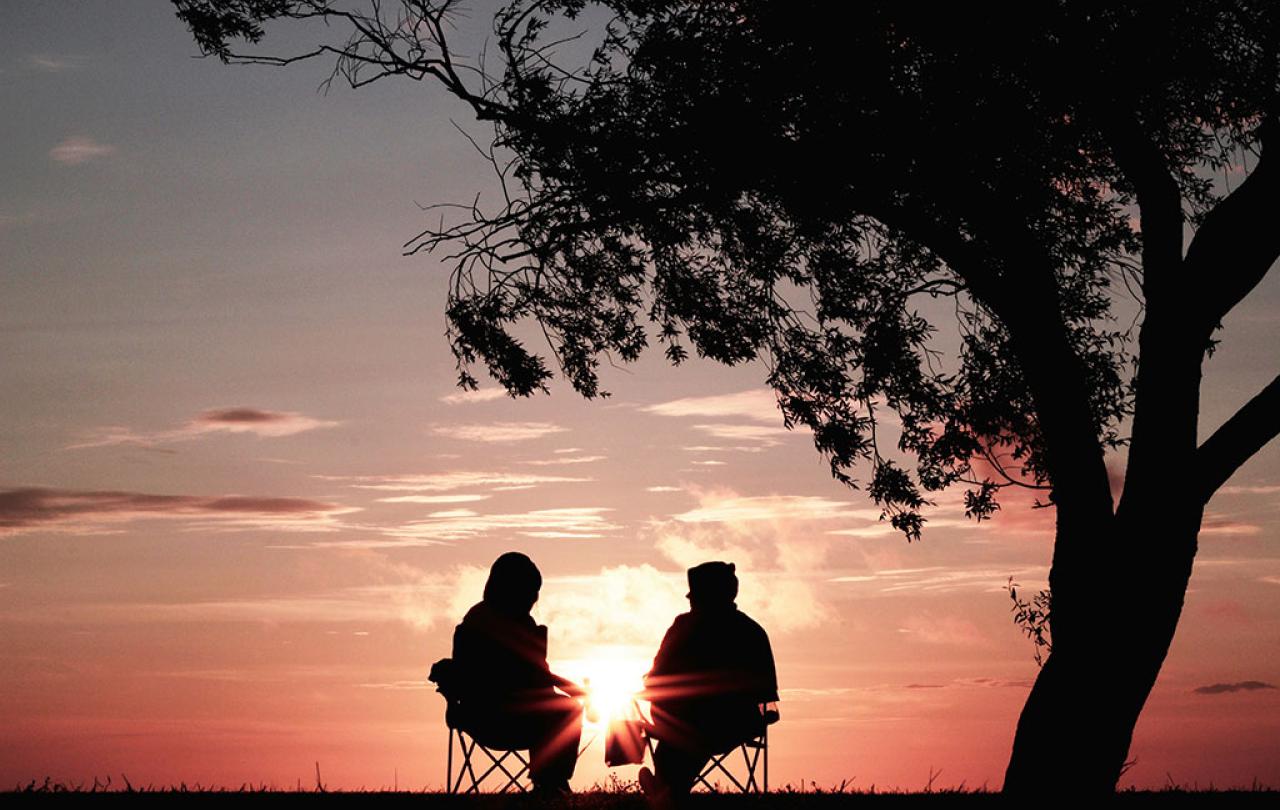I was twenty-six years old, and I was sitting in a green folding chair in the summer on a farm in Nashville, Tennessee. The woman in the folding chair across from me is decidedly in support of my recovery, but she isn’t yelling at me or giving me a stern lecture. Instead, she is explaining with great care and tenderness how much sense my struggles make in light of my previous life experiences. “Perhaps,” she says gently, “your brain was trying to survive great pain. Perhaps you were simply trying to make the ache go away the best way you knew how.” Her compassionate words break something open within me, and I start weep like a small child. No one has ever approached me with compassion like this; they are all afraid being too soft will simply enable me to further harm my body. But they are wrong. It is precisely this compassion and sense of being witnessed that softens my armored heart.
Recovery did not come overnight, but I can unhesitatingly say that the compassion of a woman on that farm in Nashville is what radically changed the trajectory of my life. Because of the lavish softness I was shown, I began to approach myself with greater softness. The voice of condemnation quieted, and I slowly turned from self-destruction to life.
Do you not hear the gospel ringing out here? My story of recovery is simply a zoomed in image of the grander story, the beautiful truth that makes up the fabric of our existence. Admitting powerlessness to destructive forces of sin and death is important, but the condemnation of the law will not save us. It is the extravagant, one-way grace of God that resurrects the dead.
I have heard similar fears in faith communities that I continually hear in my recovery communities: if we are too extravagant with compassion, we are enabling sin and destructive behaviors. But I am a living testament that compassion is what softens hearts of stone, armored up by self-protection and attempting to earn love through behavioral perfection. I would have died many times over save for the compassion that chased me down and embraced me, and being held in such tender kindness was the only thing that could have changed my fate. I believe this for mental health, yes, but more importantly, I believe this for the rescue of all of humanity. The grace of God is the sole agent of resurrection and change.
To the surprise of those who cling tightly to rigid, white-knuckling versions of recovery, my behavioral change occurred only after I was met with a grace without strings attached. This should not be surprising to Christians, however. Here again, the gospel glaring back at us, that repentance is a response to the kindness of God. This is the God who loved us while we were dead in our sins, while we were powerless to the forces of the world, the flesh, and the devil. Against our behavior-driven moral sensibilities, God offers us grace that is a free gift, compassion in its fullest expression, and it is the only thing that will bring renewal and healing to the inhabitants of this desperately aching world: minds, hearts, and bodies included.

